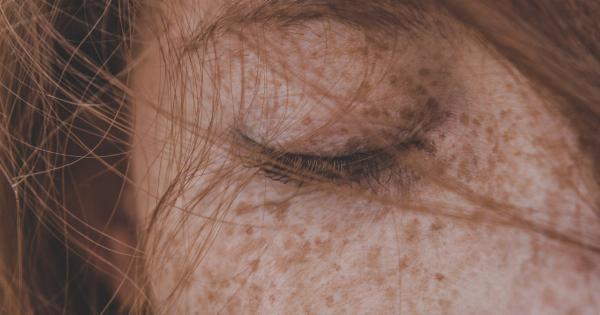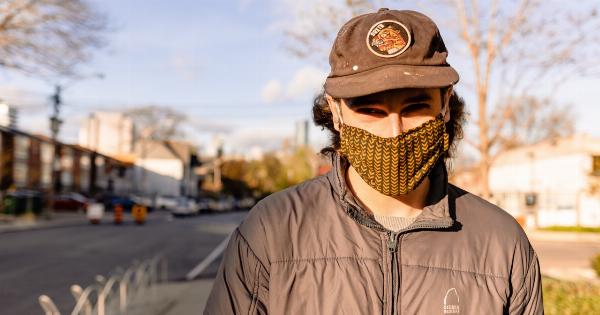Male hair loss, also known as male pattern baldness or androgenetic alopecia, is a common condition that affects millions of men worldwide.
It is characterized by a gradual loss of hair, typically starting at the hairline and progressing towards the crown of the head. While hair loss can be a normal part of the aging process, it can also be due to various underlying causes. This article aims to explore the different treatment options available for male hair loss based on its underlying cause.
1. Androgenetic Alopecia
Androgenetic alopecia is the most common cause of male hair loss, accounting for approximately 95% of cases. It is believed to be influenced by a combination of genetic and hormonal factors.
In individuals with androgenetic alopecia, hair follicles shrink over time, resulting in shorter and thinner hairs. Eventually, the affected hair follicles stop producing new hair altogether.
Treatment options for androgenetic alopecia include:.
a) Topical Minoxidil
Minoxidil is an FDA-approved over-the-counter medication that is applied topically to the scalp. It works by increasing blood flow to the hair follicles, promoting hair growth and slowing down the rate of hair loss.
Minoxidil is available in different strengths, and it typically takes several months of regular use to see noticeable results.
b) Oral Finasteride
Finasteride is a prescription medication that works by blocking the conversion of testosterone to dihydrotestosterone (DHT), a hormone that contributes to hair follicle shrinkage in androgenetic alopecia.
By reducing DHT levels, finasteride can slow down hair loss and stimulate hair regrowth. It is usually taken as a daily pill, and results can be seen within six to twelve months of continuous use.
c) Low-Level Laser Therapy (LLLT)
LLLT is a non-invasive treatment option that uses red light wavelengths to stimulate hair growth. It is believed to work by increasing blood flow to the hair follicles and promoting cellular activity.
LLLT devices can come in the form of combs, helmets, or caps, and treatment sessions are typically performed several times per week. Results may vary, and it may take several months to see noticeable improvements.
2. Telogen Effluvium
Telogen effluvium is a condition characterized by excessive shedding of hair due to a disruption in the hair growth cycle.
It can be triggered by various factors, including stress, illness, certain medications, hormonal changes, and nutritional deficiencies. Telogen effluvium is often temporary, and hair regrowth typically resumes once the underlying cause is addressed.
Treatment options for telogen effluvium include:.
a) Identifying and Addressing the Underlying Cause
Since telogen effluvium is often triggered by an underlying condition, identifying and addressing the root cause is crucial. This may involve managing stress, adjusting medications, treating hormonal imbalances, or addressing nutritional deficiencies.
Once the underlying cause is resolved, the hair growth cycle usually returns to normal.
b) Nutritional Supplements
In some cases, nutritional supplements may be recommended to support hair health and promote regrowth. Key nutrients that are often associated with hair growth include biotin, iron, zinc, and vitamins A, C, and E.
However, it is important to consult with a healthcare professional before starting any supplement regimen.
3. Alopecia Areata
Alopecia areata is an autoimmune disorder that leads to sudden, patchy hair loss. It occurs when the immune system mistakenly attacks the hair follicles, causing them to become smaller and eventually cease hair production.
While the exact cause is unknown, genetic factors and environmental triggers are believed to play a role.
Treatment options for alopecia areata include:.
a) Corticosteroid Injections
Corticosteroid injections can help reduce inflammation and suppress the immune response in the affected areas, allowing hair follicles to recover and regrow. Multiple treatment sessions are often needed, usually spaced a few weeks apart.
Corticosteroid creams or ointments may also be used for smaller areas or children who may find injections challenging.
b) Topical Immunotherapy
Topical immunotherapy involves applying a chemical, such as diphencyprone (DPCP), to the scalp to induce an allergic reaction. This reaction stimulates the immune system and aims to reset the immune response, allowing hair regrowth.
Treatment involves repeated applications of the chemical every few weeks, gradually increasing the concentration over time.
c) Hair Transplantation
In cases where the hair loss is extensive and other treatments have been unsuccessful, hair transplantation may be considered.
This surgical procedure involves relocating hair follicles from areas of the scalp with abundant hair to areas where hair is thinning or absent. Hair transplantation can provide natural-looking results, but it is important to consult with a qualified professional to assess individual suitability.
4. Scalp Infections and Disorders
Hair loss can also be caused by specific scalp infections or disorders, such as fungal infections, psoriasis, or seborrheic dermatitis. Treating the underlying condition is key to resolving the associated hair loss.
Treatment options for scalp infections and disorders include:.
a) Prescription Medications
Depending on the specific infection or disorder, prescription medications may be prescribed to address the underlying condition. Antifungal medications, corticosteroids, or medicated shampoos may be recommended, along with proper hygiene practices.
b) Topical Treatments
For certain scalp conditions like psoriasis or seborrheic dermatitis, topical treatments such as shampoos, creams, or oils may be used to reduce inflammation, alleviate symptoms, and promote a healthier scalp environment.
Understanding the underlying cause of male hair loss is essential in determining the most appropriate treatment approach.
Whether it is androgenetic alopecia, telogen effluvium, alopecia areata, or scalp infections/disorders, various treatment options are available to address each specific condition. Consulting with a healthcare professional or a dermatologist can help individuals navigate through the different treatment choices and determine the best course of action.


























